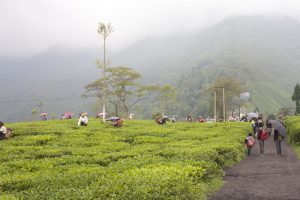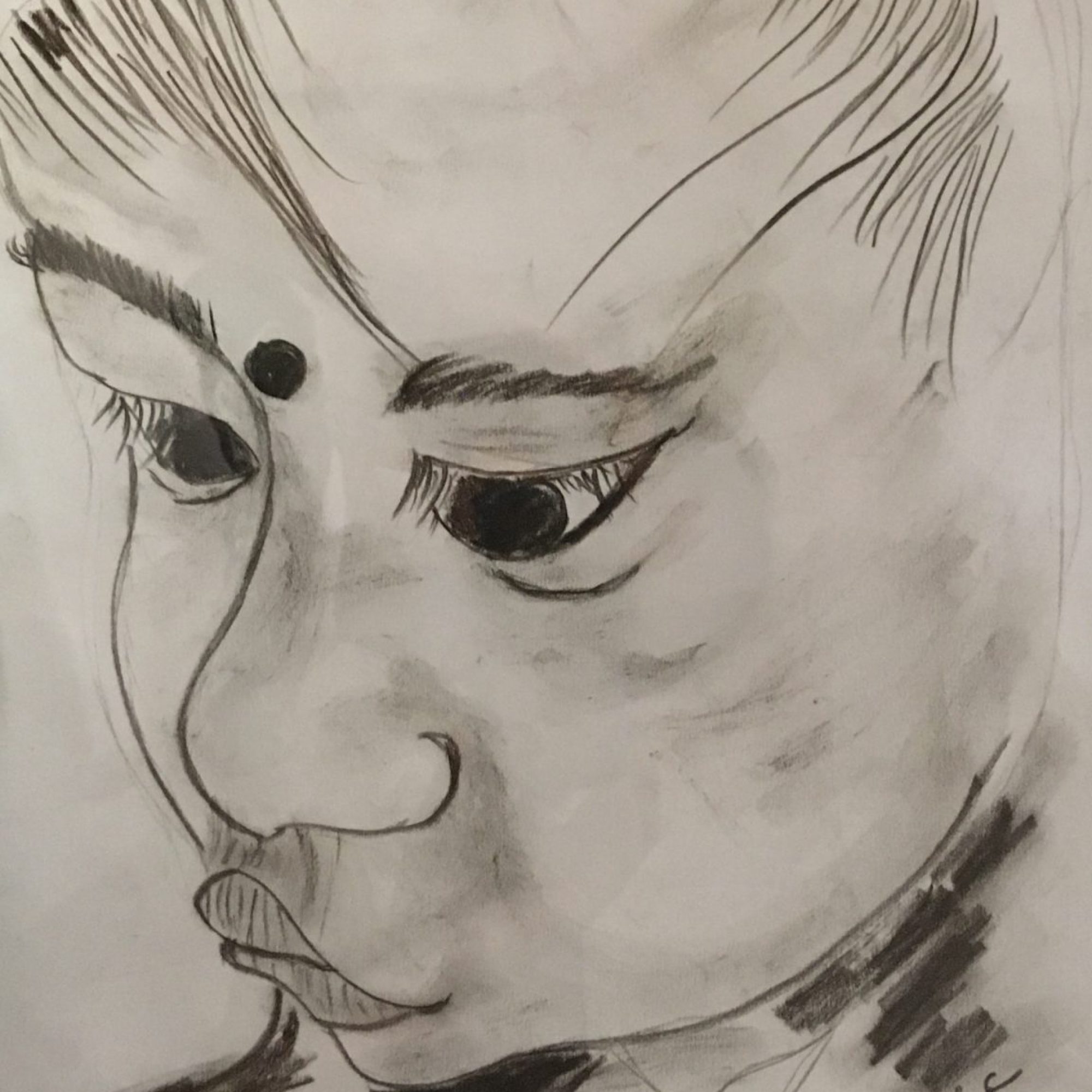Darjeeling is often described as the “Queen of the Hill Stations”, a city built in India atop the rolling emerald green foothills of the Eastern Himalayas with views of the imposing Kangchenjunga (the third tallest mountain in the world).
The lush landscape and fresh mountain air combine to produce some of the world’s most renowned teas.

While scenic, Darjeeling’s landscape, politics, minority and scheduled caste/scheduled tribe populations, and lower available resources together contribute to the area being marginalized within India. The vast rural region surrounding Darjeeling is mountainous in terrain, has poor infrastructure, and is struck regularly by monsoons, making travel and every day tasks logistically challenging. Primarily Nepali-speaking, the communities we work with are poor, marginalized, and made up primarily of an ethnic minority population of day laborers, making access to services, such as children’s mental health care, rare.
